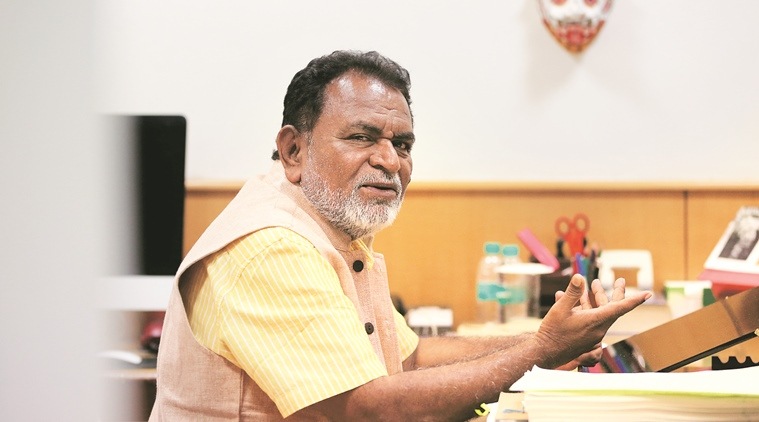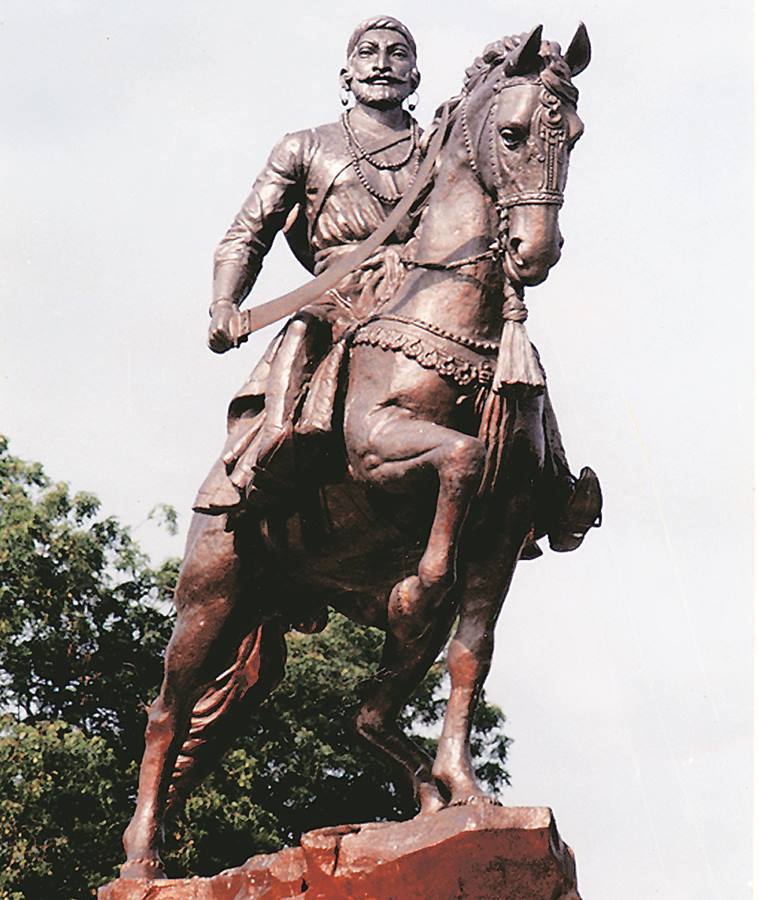 Uttam Pacharne
Uttam Pacharne
After almost three years of being headed by interim administrators, the Lalit Kala Akademi finally has a new chairman. Mumbai-based sculptor Uttam Pacharne took charge of the Akademi late last month. A graduate from the Sir JJ School of Art and three-time chairman of the Bombay Art Society, Pacharne, 61, is best known for his statues of historical figures, such as Swami Vivekanand, BR Ambedkar, Veer Savarkar and Chhatrapati Shivaji, that are installed across India. Still mired in controversies, the LKA has several cases pending with regard to corruption, mismanagement and allocation of funds. Pacharne talks about taking charge, his vision for the Akademi and the need to encourage young talent.
Did you have any inkling that you are being considered for the position of the chairman of LKA?
I had absolutely no idea. In fact when the announcement was made I was in Europe on a holiday with my family. I was in Hallstatt when I got the news and my immediate response was that I wanted to head back to India and take charge. It is a huge honour.
I believe you are travelling across the country to the regional centres of LKA that come under your purview.
I want to meet people working with the Akademi before I start taking initiatives. It is important to understand their problems and needs. Only an artist can understand the problems of other artists. Since I have been a practising artist, I can relate with their needs. I was recently at the LKA in Lucknow, where I interacted with young artists. I will soon be travelling to Chennai. It is important to be aware of ground realities.
I believe you have also been contacted by the Prime Minister’s Office to provide works from the LKA. Have you decided your recommendations?
I am not sure about the details yet, but I would want to send works of young artists to encourage them. We have a lot of talented artists in India but unfortunately several of them fail to get recognition. We only know a handful who work with galleries and are therefore promoted. We will be looking at the works in the collection of the Akademi but will also consider buying new works.
Is expansion of the LKA collection on your agenda then? Are you also considering archiving the existing collection? Previously, there have been allegations that some works are missing from the collection.
At a later stage, we will look at buying new works. When we conduct workshops with artists, at times the works produced are added to the collection of the Akademi, so there have been regular additions. Digitising and archiving will be looked into. We also hope to exhibit the works that are in our collection at frequent intervals, for this, I will be proposing permanent galleries across India. There will be focus on exhibiting works by women artists. We will also bring together artists to form committees that can give suggestions.
Will you also continue with the previous initiatives, like the Print Biennale that was held this year, or the Sunday Art Haat at Garhi?
We intend to continue with platforms that benefit artists. We will also organise the Triennale. I will propose setting up more regional centres of the Akademi. I recently met the Chief Minister of Maharashtra, Devendra Fadnavis, and asked him to look into the opening of the Akademi in Mumbai that is being planned for a while. Land had been allotted but there is some legal trouble now. Being such an important centre for the arts, it is essential that we have a presence in Mumbai.
 A statue of Shivaji created by Uttam Pacharne.
A statue of Shivaji created by Uttam Pacharne.
In over four decades of being a practising artist, you are probably most known for your public sculptures of historical figures, including that of Shivaji across Maharashtra and a 13-foot statue in Lucknow, a statue of Deendayal Upadhayay in the Gorakhpur University campus, and a 13-foot bronze statue of Veer Savarkar in Mumbai. Was that a deliberate trajectory?
I availed every opportunity I got to reach the public. When I joined the Sir JJ School of Art I had enrolled for painting and moved to sculpture a few months later. It is exhausting to make such big works but a challenge as well. I have also made a 12-foot statue of Jyotiba Phule that will be inaugurated in Bareilly soon.
You also found yourself in the midst of a political controversy when then union minister Mani Shankar Aiyar asked for the removal of Veer Savarkar’s quote from the Swatantra Jyoti installation at the Andaman Cellular Jail in 2004. BJP leader Ram Naik had commissioned the work.
That was very unfortunate but I do respect our politicians. Politics is important to any democracy and every person has an opinion. But in this case the intellectual property rights of an artist were being threatened. Once a proposal has been sanctioned and the work is complete, an artist should not be asked to make changes based on political demands. The installation had quotes by several freedom fighters, including Bhagat Singh. The plaque commemorating Savarkar was replaced with Mahatma Gandhi, but I am grateful it was reinstated in 2015.
Do you think you will get time to visit your studio now?
This is a full-time position and finding time might be difficult. I have some pending projects that I will need to complete. But one has to earn too. For now, I have accepted the position with a honourarium of Rs 1. For such an important position, the government should decide on a suitable salary.